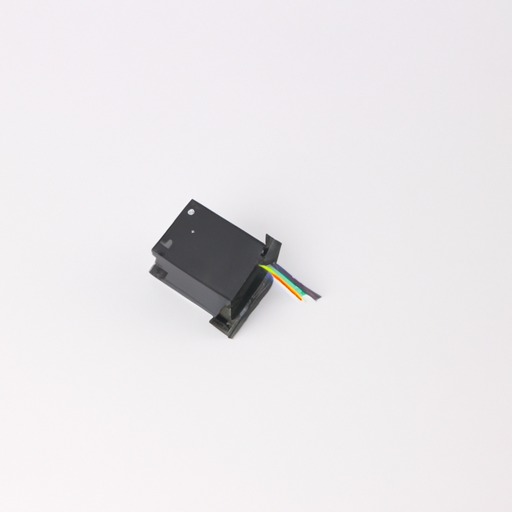When it comes to designing and implementing sensor components in various electronic devices, one of the key considerations is the adjustability of the sensor. An adjustable sensor component allows for flexibility in the sensing capabilities of the device, enabling it to adapt to different environmental conditions and user preferences. In this article, we will explore the importance of adjustable sensor components and provide recommendations for selecting the right class of sensor for your specific application.

Adjustable sensor components offer several advantages over fixed sensors. One of the main benefits is the ability to fine-tune the sensitivity and range of the sensor to meet the specific requirements of the application. This can be particularly useful in situations where the sensor needs to detect a wide range of inputs or where the environmental conditions are variable.
Another advantage of adjustable sensor components is the ability to calibrate the sensor to compensate for factors such as temperature variations, aging effects, and signal drift. This ensures that the sensor maintains its accuracy and reliability over time, leading to more consistent and precise measurements.
Furthermore, adjustable sensor components can also improve the overall performance of the device by allowing for real-time adjustments to be made based on changing conditions. This can help optimize the device's operation and enhance its functionality in a variety of scenarios.
Recommendations for Selecting the Right Class of Adjustable Sensor Component
When selecting an adjustable sensor component for your application, there are several factors to consider to ensure that you choose the right class of sensor. Here are some recommendations to help guide your decision-making process:
1. Determine the Sensing Requirements: The first step in selecting an adjustable sensor component is to clearly define the sensing requirements of your application. Consider factors such as the type of input to be detected, the range of values to be measured, and the desired level of accuracy and precision. This will help you narrow down the options and choose a sensor that best meets your specific needs.
2. Consider the Adjustability Range: When evaluating adjustable sensor components, pay attention to the range of adjustability offered by the sensor. Some sensors may have limited adjustment capabilities, while others may offer a wide range of settings to choose from. Select a sensor that provides the flexibility you need to fine-tune its performance to suit your application.
3. Evaluate the Calibration Options: Calibration is an important aspect of adjustable sensor components, as it ensures the accuracy and reliability of the sensor's measurements. Look for sensors that offer easy and reliable calibration procedures, such as built-in calibration routines or external calibration tools. This will help you maintain the sensor's performance over time and minimize the risk of measurement errors.
4. Consider the Environmental Conditions: The operating environment of the sensor can have a significant impact on its performance. Consider factors such as temperature, humidity, vibration, and electromagnetic interference when selecting an adjustable sensor component. Choose a sensor that is designed to withstand the specific environmental conditions of your application to ensure reliable operation.
5. Evaluate the Signal Processing Capabilities: Adjustable sensor components often require signal processing to convert raw sensor data into meaningful information. Consider the signal processing capabilities of the sensor, such as filtering, amplification, and digital signal processing, to ensure that it can provide accurate and reliable measurements in your application.
6. Consider the Power Consumption: Power consumption is another important factor to consider when selecting an adjustable sensor component. Choose a sensor that is energy-efficient and optimized for low-power operation to prolong the battery life of the device and reduce overall power consumption.
7. Evaluate the Cost and Availability: Finally, consider the cost and availability of the sensor component when making your selection. Compare the prices of different sensors and consider factors such as warranty, technical support, and availability of spare parts to ensure that you choose a sensor that offers good value for money and meets your long-term needs.
Conclusion
Adjustable sensor components play a crucial role in the design and implementation of electronic devices, enabling flexibility, accuracy, and reliability in sensing applications. By following the recommendations outlined in this article, you can select the right class of adjustable sensor component for your specific application and ensure optimal performance and functionality. Whether you are designing a new product or upgrading an existing device, choosing the right sensor component is essential for achieving the desired results and meeting the requirements of your application.